Castor oil is frequently found in cosmetic formulations, including lip balms and lipsticks. It’s abundant in the monounsaturated fatty acid ricinoleic acid, which acts as a humectant.
Humectants aid in holding moisture in the skin by reducing water loss through the outermost skin layer. Because of these properties, castor oil can be applied to the lips or skin—either alone or as part of a formulation—to support hydration.

Keep reading to discover more about castor oil and a simple method to create your own lip balm using it.
What is castor oil exactly?
Castor oil is derived from the seeds of the Ricinus communis plant via cold pressing. Cold pressing is a technique that extracts oil from plant seeds without applying heat. After extraction, the oil is clarified (purified) using heat.
In cosmetic ingredient lists, castor oil is commonly listed as Ricinus communis (castor) seed oil.
Are there risks to applying castor oil on your lips?
A 2007 study reported that castor oil was not a notable skin irritant, sensitizer, or photosensitizer in human clinical testing.
However, a 2008 study indicated that a small number of people may develop an allergic reaction to castor oil applied on the skin, though this appears to be uncommon.
If you plan to use castor oil on your lips, consider consulting your dermatologist about possible allergic responses.
Also, test a tiny dab on a small area of forearm skin before widespread application. Monitor that spot for about 24 hours. If you don’t notice redness, itching, or other irritation, you’re likely not allergic to it.
Ingestion
There are additional hazards when castor oil is swallowed rather than applied topically. These include diarrhea and the potential to induce labor.
Ricin
The castor seeds used to produce castor oil also contain the toxin ricin. However, castor oil itself does not contain ricin, because ricin does not separate into the oil during processing, as noted in a 2007 study.
Per the Centers for Disease Control and Prevention (CDC), exposure to ricin is highly unlikely unless you consume castor beans.
How to create your own castor oil lip balm
You can use castor oil directly on your lips, or make or purchase a lip balm that features castor oil as a principal ingredient.

North Carolina State University shared a castor oil lip balm recipe that uses these components:
- 1 tbsp. castor oil (can be swapped for jojoba oil, olive oil, or grapeseed oil)
- 1 tbsp. coconut oil
- 1 tsp. cocoa butter
- 1/2 tbsp. grated beeswax
- 1/2 tsp. vitamin E oil
Follow these directions to prepare the lip balm:
- In a medium glass or stainless steel bowl, mix the castor oil, coconut oil, cocoa butter, and beeswax.
- Melt the blend in a double boiler, stirring occasionally with a fork.
- When everything is fully melted, stir in the vitamin E oil, then remove from heat.
- Pour the liquid into a small tin or lip balm tube. Allow it to cool and solidify before use.
If you enjoy making your own lip care, you might also like other easy recipes such as diy lip scrubs to prep your lips before applying balm.
Other applications of castor oil
Castor oil is useful for more than just moisturizing skin. It is used as:
- A laxative. When ingested, castor oil acts as a potent laxative, as described in a 2012 study.
- An anti-inflammatory. Research suggests the ricinoleic acid in castor oil can lessen inflammation and pain when applied topically, according to a 2015 study.
- An antibacterial. A 2016 study in lab mice found castor oil has notable antibacterial effects.
- An antifungal. Castor oil displays antifungal activity; a 2013 study examined its effects on bacteria (Enterococcus faecalis) and fungi (Candida albicans) related to oral and dental health.
Takeaway
Castor oil is generally safe for use on skin and lips and is a frequent component in personal care products. While topical allergic reactions can occur, they appear to be rare.
The ricinoleic acid present in castor oil helps preserve skin hydration by limiting water loss through the skin’s outer layer.
As with any new skincare product, including using castor oil on your lips, it’s a good idea to talk it over with your dermatologist.

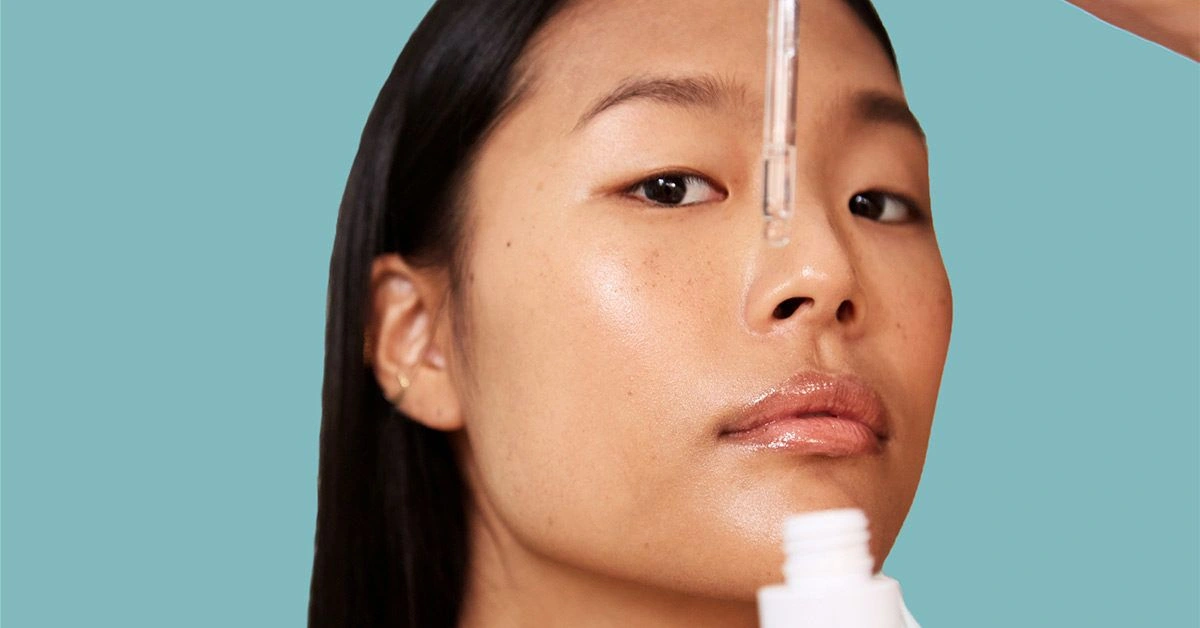





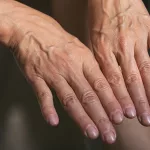

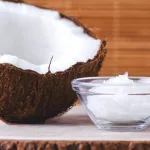


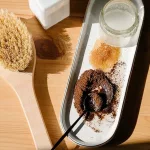

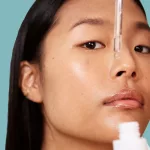
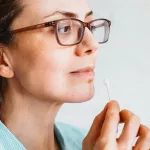


Leave a Reply
You must be logged in to post a comment.